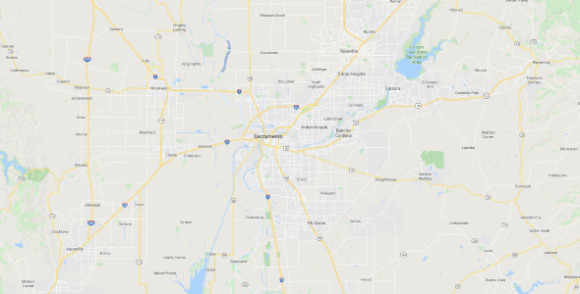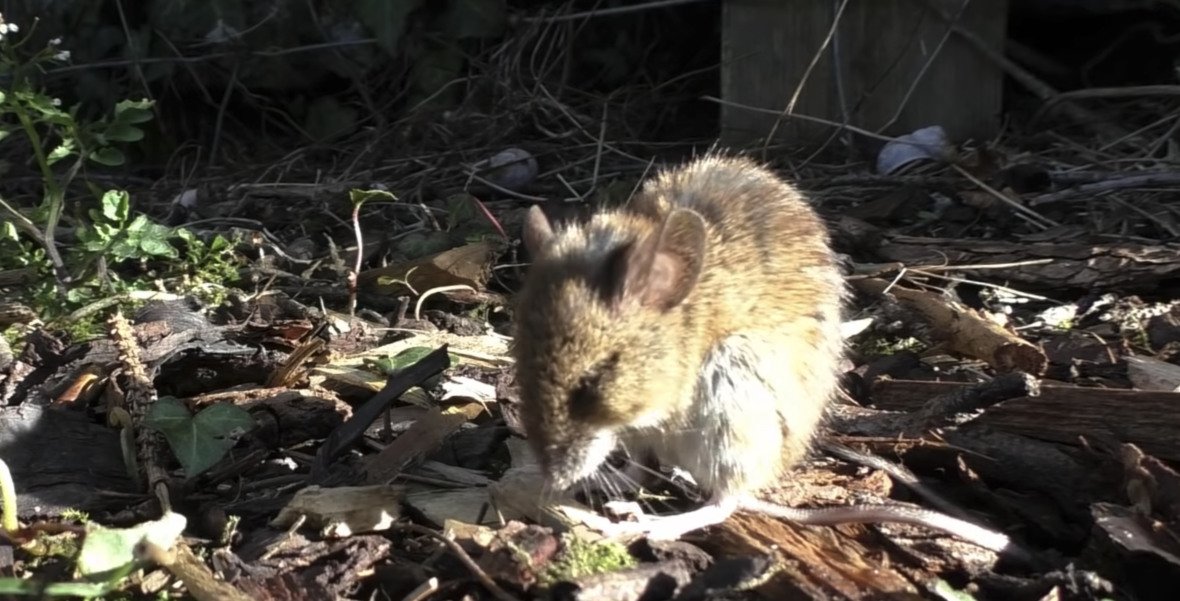- info@Sacramentoanimalattic.com
Call 24/7 for a free quote:
916-603-5795

Attic Animal Pest Sacramento
We are Sacramento Animal Attic, a full service wildlife removal company servicing Sacramento, Ca. We operate as a family-run wildlife control company and are among the largest within the area. The size of our company lets us provide you with prompt service as we have technicians servicing your area, with one typically available right away. To give you the assistance when you need it, we operate 24 hours a day, 7 days a week, including holidays. Since the animals do not take a break, we don’t either. We don’t want our clients to have to deal with any extra stress associated with nuisance wildlife. When you contact us, you can rest easy since we do everything within our power to deliver top service. This includes being fully insured and licensed, including commercial liability insurance. The result is the elimination of concerns about your property during our wildlife removal processes. You can also count on our more than ten years of experience dealing with problems caused by wildlife. This vast experience is supplemented by regular training. We constantly work to expand our knowledge base and methods by attending the latest seminars in the industry. To complement those seminars, we upgrade our equipment when necessary so it is always state-of-the-art. We can assist you with bats, raccoons, squirrels, rats, opossums, birds, and a wide range of other animals. Call us now at 916-603-5795 for a solution to your wild animal problem.
About Pest Animal Sacramento and Our Services:
Same-day or next-day appointments.
Property inspections and in-attic inspections.
Humane wildlife trapping and exclusion.
Specializing in wildlife only - no poisons.
Sacramento snake removal and prevention.
Sacramento bird control services.
Call now for a free estimate!
Our Service Range

Our Service Range
Sacramento, Elk Grove, Rancho Cordova, Folsom, Carmichael, Citrus Heights, Arden-Arcade, Fair Oaks, North Highlands, Orangevale, Galt, Antelope, Gold River, Rio Linda, Rosemont, McClellan Park, Foothill Farms, Florin, Isleton, Rancho Murieta, Walnut Grove, La Riviera, Laguna, Wilton, Courtland, Hood, Herald, Vineyard, Franklin, Lemon Hills, Clay, and more.Sacramento Wildlife Removal Tip of the Month: An Overview on the Territory of Mice
The mice originated from Asia and have now invaded the different parts of the world. The mice will live with a group. They will groom the members of the family particularly on their back where they can’t groom themselves. Within the family, there will be hierarchy. These standings will be made in order to protect the territory of the mice. There will be separate areas that will help fulfill certain functions such as defecating and urinating.

Interesting Facts about the Mouse Territory
The mouse has excellent skills to adapt in a range of environment. You will find them in your house, orchards, meadows, and fields. This is all thanks to their flexible and versatile mobility, which enables them to scamper, dig, and swim. Generally, most type of mice will refuse to travel more than a couple of feet away from their den. This is due to the fact that they will establish their nest close to the food source. This behavior allows them to stay away from the threat of the predator.
Overlapping Territory
Setting up the territory is essential especially during the nesting season. The territory of the female can measure to up to ¼acre. The territory of the male on the other hand will be three times bigger than the female. The male territory has a tendency to overlap to the territory of a few female mice. This enables them to travel on a minimum distance to find a potential mate. The mice will not have a habit of defending their territory actively. Nonetheless, if they encounter other males who came across their territory, he will fight with them for dominance. The females, on the contrary will be highly vigilant in establishing their territory especially if they are nursing the little mice.
Small Tunnels
Different species of mice will have various ways of creating their nest. There are some who will build a dome-shape nest out of twigs, dried leaves and other materials. This will then be built inside a small and shallow tunnel that they call burrows. The paths that lead to these burrows are called runways. The runways are passages that are visible through materials like grasses, plants, and leaves. There are also other mice that will build their nest above ground to stay away from their predators and others that will live inside the hollow of the trees. These nests will still be surrounded with runways.
The mice will be active at night but there are still times when they need to forage food during the day. They will collect different foods such as roots, insects, seeds, fruits, grasses, and leftovers and bring it back to their nest. They will not necessarily store their food inside their tunnel and will consume them immediately. The male will also wander around during the day when looking for a potential mate. Knowing the extent of their territory and their common behavior will help you understand the reach of their possible damages. This will also help you determine the best answer to the infestation.

